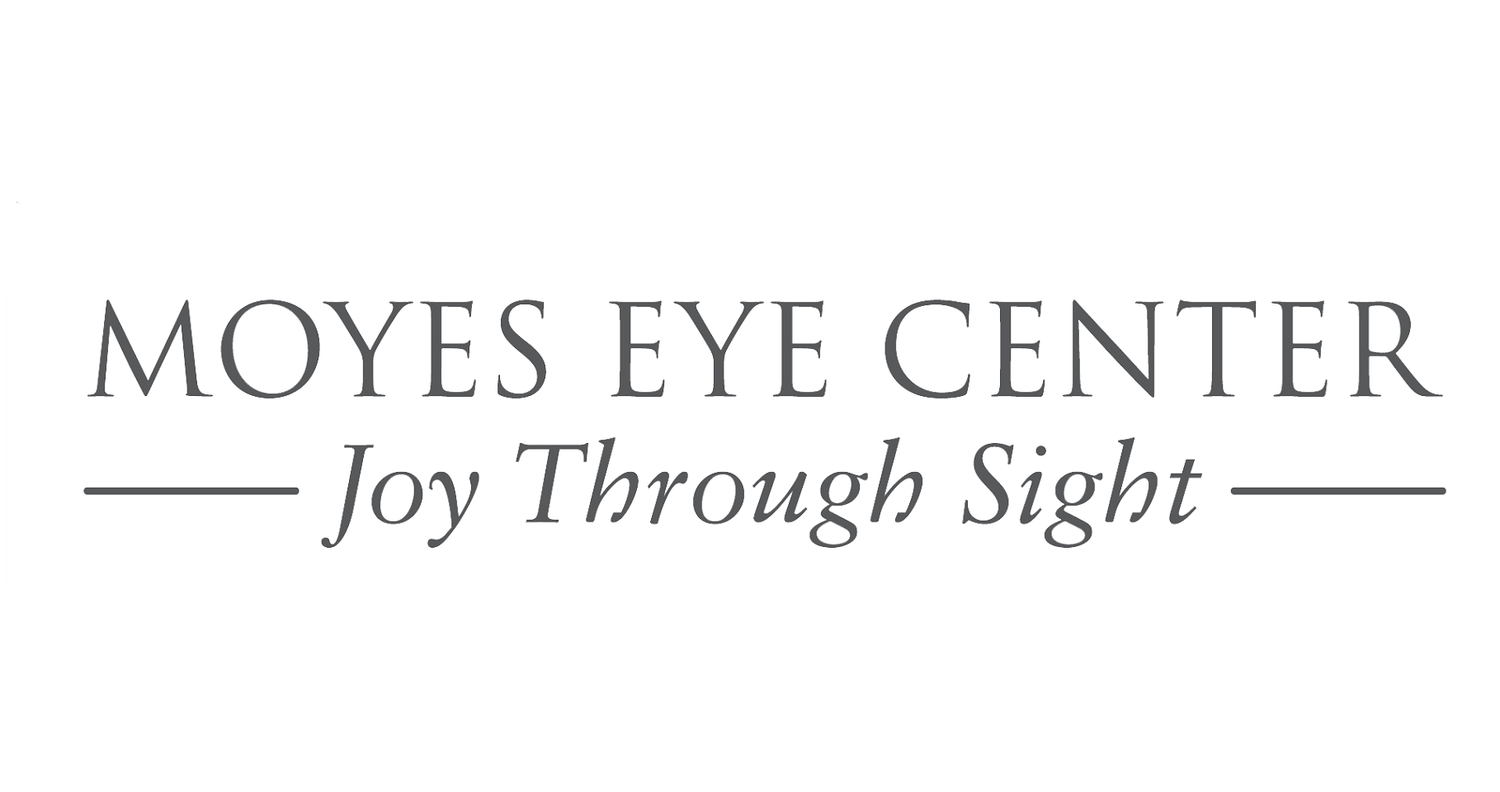Ptosis Repair
Ptosis, or drooping of the muscles of the upper eyelid, occurs when the edge of the upper eyelid is lower than its ideal position. Ptosis can be mild, with only a slight droop covering part of the pupil, or it can be severe with the upper eyelid completely obstructing the pupil. Ptosis can be present in one or both eyes, and it is frequently asymmetric between the two upper eyelids. Symptoms of ptosis in adults include difficulty with peripheral vision, obstruction of central vision, and eye and forehead strain. It can also create a tired or aged look.
Ptosis can also be present in all age groups from young children to the elderly. In children, ptosis typically is caused by an abnormality in the lifting muscles of the eyelid. In adults, ptosis is typically not caused by an abnormality of the muscle itself, but rather is most commonly caused by a loosening of the muscular tissues’ attachments to the other surrounding eyelid structures. Therefore, ptosis surgery for children and adults is typically performed in different manners. There are also a number of neurologic conditions that can lead to ptosis in adults and children, and these conditions typically have additional signs and symptoms in other parts of the body.
If eyelid ptosis is bothersome enough to warrant surgical repair, then Dr. Chappell will discuss the different surgical approaches that may be undertaken in order to achieve an acceptable functional and cosmetic goal. Ptosis surgery is an outpatient procedure, typically performed with local anesthesia and light sedation.
Many health insurance companies and programs, including Medicare, have policies and guidelines that help to determine if an upper eyelid ptosis surgery will be approved as medically necessity. Typically, these policies require proof of an obstruction of vision including photographs and peripheral visual testing that will be obtained at your initial consultation.
PATIENT 1 BEFORE
PATIENT 1 AFTER
PATIENT 2 BEFORE
PATIENT 2 AFTER
PATIENT 3 BEFORE
PATIENT 3 AFTER
PATIENT 4 BEFORE
PATIENT 4 AFTER
PATIENT 5 BEFORE
PATIENT 5 AFTER










